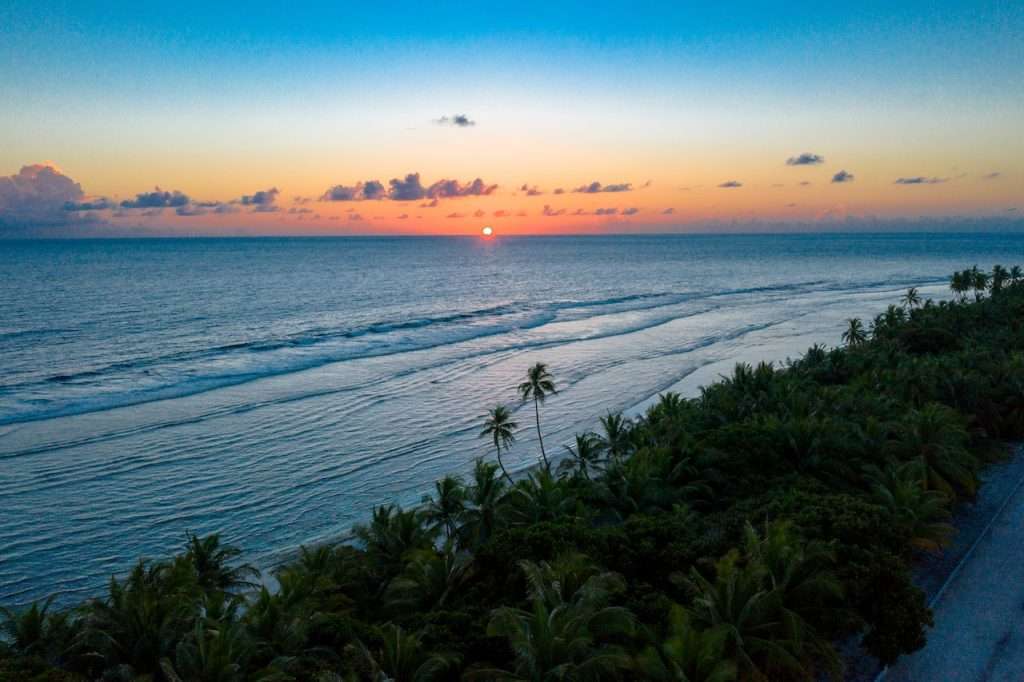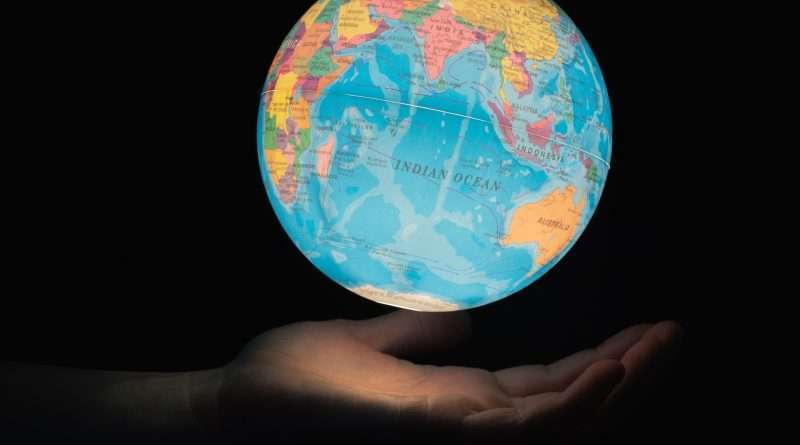Indian Ocean: The Only Ocean Named After a Country
Our planet’s vast expanse of water bodies holds tales of exploration, mysteries, and vital historical importance. One of the most frequently asked questions regarding these oceans is: What is named after a country? The answer is the Indian Ocean. But how did it come to bear the name of a nation, and what significance does it hold? Let’s dive into the story.
The Tale of the Indian Ocean
The Indian Ocean is the third-largest ocean on Earth, spanning a vast 73.5 million square kilometres. Flanked by the coasts of Africa, Asia, Australia, and Antarctica, it has played a pivotal role in global trade and cultural exchanges for centuries.
Why “Indian”?
The naming of the Indian Ocean is deeply rooted in trade and geography. India, a nation of profound historical and cultural significance, left its mark on the global map through vibrant trade exchanges, especially during the ancient times. India became a magnet for merchants and explorers with its rich resources, particularly spices. As a result, many commodities became known as “Indian”, symbolizing their origin or association with the country.
In search of new trade routes, European sailors of the 15th century coined the term “Indian Ocean.” These waters provided direct access to India’s wealth, leading many European expeditions to Southeast Asia to be labelled “Indian Expeditions.”
It wasn’t just trade that christened the ocean; its geographical location played a part. The vast expanse of water bordering India was naturally associated with the country, culminating in the name “Indian Ocean.”

A Historical Perspective
The history of naming the Indian Ocean is not limited to just the name “Indian.” Ancient Greeks called it the ‘Indian Sea’ or the ‘Ethiopian Sea’. During the Middle Ages, it became the ‘Arabian Sea’ owing to the dominance of Arab merchants in regional trade. However, the Portuguese explorer Vasco da Gama, proposed naming it after India when he circumnavigated Africa to reach India in 1498.
Features of the Indian Ocean
This ocean is not just about trade; it’s a marvel in its own right. Its waters exhibit lower salinity than other oceans, mainly due to rivers from the Indian subcontinent. The Indian Ocean is a rich reservoir of biodiversity, home to thousands of fish species, whales, sea turtles, and more. The southern part boasts natural wonders like the Australian Barrier Reef and the Maldivian reefs.
Furthermore, the Indian Ocean is crucial in shaping global climate patterns. Its influence can be felt on adjacent continents’ temperature and humidity levels. It’s also notorious for the severe tropical cyclones it can generate.
Economic Potential of the Indian Ocean
The Indian Ocean holds tremendous economic potential. It’s replete with resources like oil, gas, and minerals. Its waters facilitate global trade, fishing, and shipping. Tourist hotspots like the Maldives further accentuate its importance in the worldwide tourism industry.
What did we learn today?
The next time someone asks, “Which ocean is named after a country?” you’ll know the tale behind the vast and magnificent Indian Ocean. Its historical importance, geographical significance, and economic potential make it a key player in global narratives.

